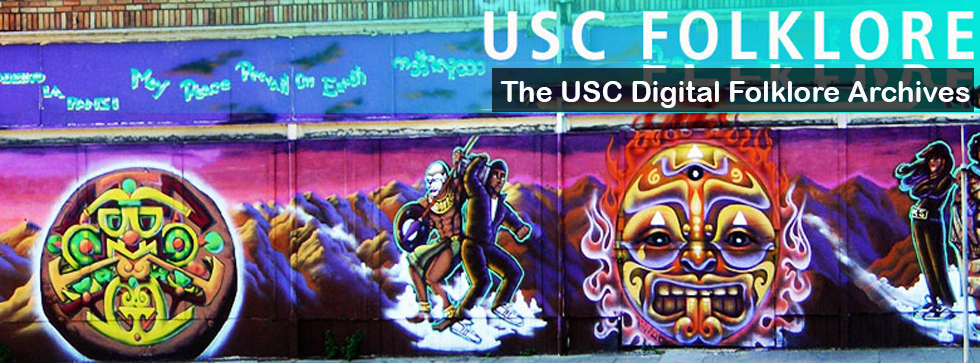TEXT: “Przy plaży spacerowało i rozmawiało dwóch Żydów:
– Jeśli kiedykolwiek miałeś sześć pałaców, czy dasz mi jeden?
– Oczywiście!
– A jeśli kiedykolwiek miałeś sześć samochodów, czy dasz mi jeden?
– Oczywiście!
– A jeśli kiedykolwiek miałeś sześć koszulek, czy dasz mi jedną?
– Nie ma mowy!
– Dlaczego nie?
– Bo mam sześć koszulek!”
INFORMANT DESCRIPTION: Male, 82, Polish, Jewish
CONTEXT: This polish man told me this joke. He translated it to English for me after I heard him saying in Polish to his also Polish friend. He explained that he learned the joke from his parents. The joke is about the stereotype that Jewish people are cheap or thrifty but he said that the beauty of the joke is that it seems the other man is not cheap until the scenario becomes real. Also he explained that when he was growing up in Poland in the 1940s really nobody had six cars, now the joke has changed in its absurdity because it is more common to have more cars, especially in the industrialized booming economy of the States. The joke was told anytime you wanted to make a joke and were among Jewish people that would not take offense. Or when they were all around sharing jokes about judaism as a family to get a laugh out of each other.
ORIGINAL SCRIPT: “ Przy plaży spacerowało i rozmawiało dwóch Żydów:
– Jeśli kiedykolwiek miałeś sześć pałaców, czy dasz mi jeden?
– Oczywiście!
– A jeśli kiedykolwiek miałeś sześć samochodów, czy dasz mi jeden?
– Oczywiście!
– A jeśli kiedykolwiek miałeś sześć koszulek, czy dasz mi jedną?
– Nie ma mowy!
– Dlaczego nie?
– Bo mam sześć koszulek!”
TRANSLATION: “Two Jew men were walking and chatting by the beach:
– If you ever had six palaces, will you give me one?
– Of course!
– And if you ever had six cars, will you give me one?
– Of course!
– And if you ever had six shirts, will you give me one?
– No way!
– Why not?
– Because I do have six shirts!”
THOUGHTS: I think I am accustomed to not enjoy jokes that are at another person’s expense but this one seems to be really for people that are of this religion and have an understanding of the stereotype and are able to be comedic about it.
